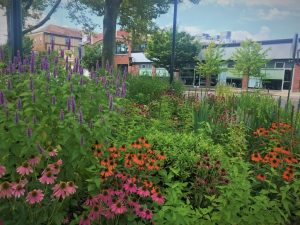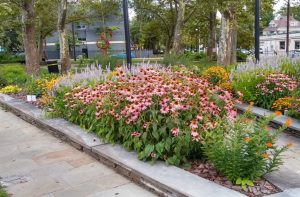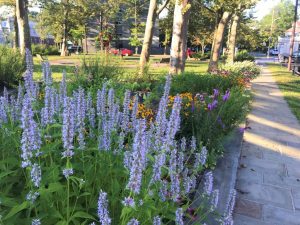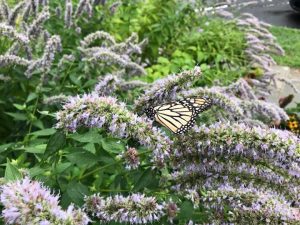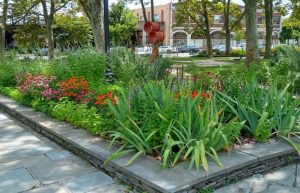NEEC Environmental Initiatives
This program presents free educational workshops and training to educate the public about environmental issues, promotes the protection of the environment, and design and implement community environmental educational and restoration projects.
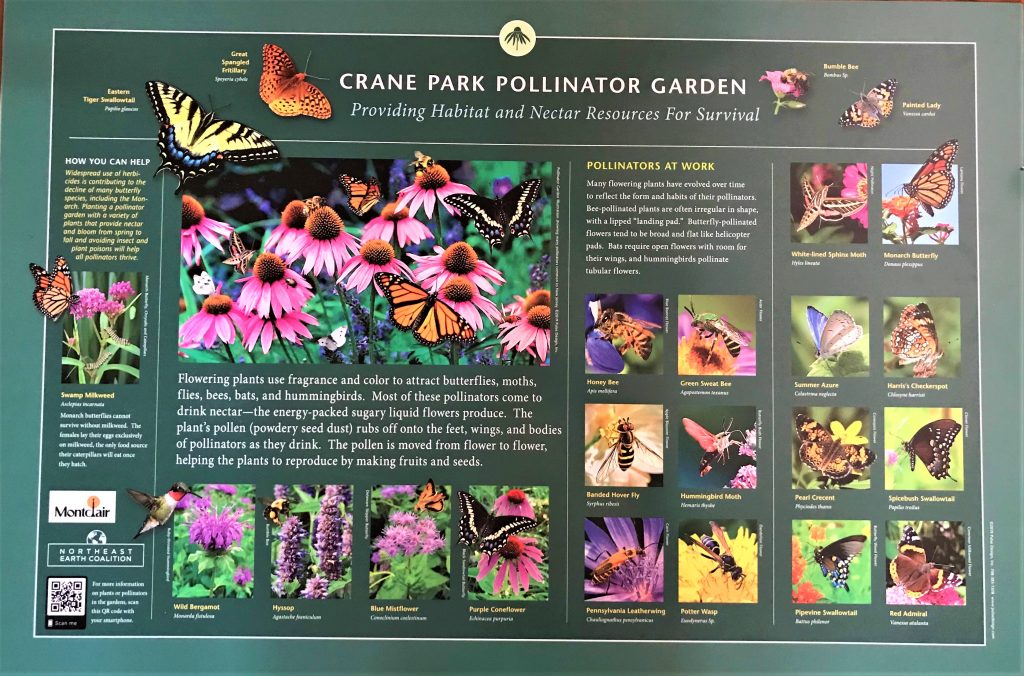
CRANE PARK ENVIRONMENTAL PROJECT DOWNLOADS:
- About Crane Park Demonstration Garden
- Crane Park Neighborhood History
- Definition of Demonstration Garden
- Why Native Plants
- Native Plant Inventory by Location
ABOUT THE PARK:
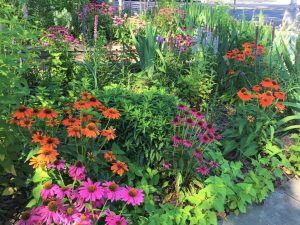
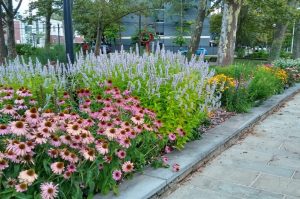
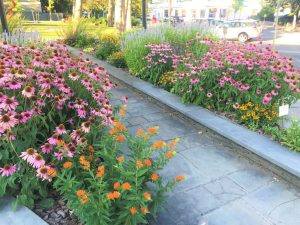
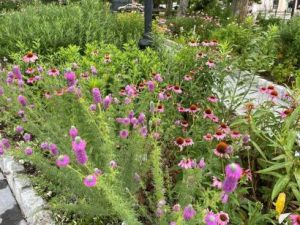
- Crane Park in Montclair, NJ, has historical and cultural significance. It faces the original site of the home of Israel Crane, the founder of Montclair’s precursor, Cranetown, in the late 1700’s. Crane’s home later served as the YWCA for African American women in the early 1900’s.
- The park is easily accessible to the public as it is nestled between a busy commercial area to the south and a residential area to the north. Map to Crane Park. Crane Park is the closest park to the Montclair Center business and entertainment district.
- In August of 2017, the Northeast Earth Coalition and Friends of Crane Park, under the leadership of Jose German and David Wasmuth, created a demonstration garden to enhance the public space and educate the community about the importance of growing native plants and vegetables.
- Today the demonstration garden is thriving with over 70 native plant species.
RECOGNITIONS & CERTIFICATIONS:
The garden has been certified as a National Wildlife Federation Wildlife Habitat and is also an official Monarch Waystation. In addition, the Park is a Xerxes Society-certified Pollinator Garden.
Crane Park is also a project of the Rutgers Essex County Environmental Stewardship Program. Crane Park is part of the Northeast Pollinator Pathways Project. The Demonstration Garden Project was an official nominee for the 21st Annual Land Ethics Award 2021.
DEMONSTRATION GARDEN:
- The demonstration garden has a particular ecological focus on “nectar” plants and “host” plants, which add to the bio-diversity of the garden by attracting pollinators and other wildlife.
- Nectar-rich plants produce sugary fluid secreted by flowers to attract pollinators such as butterflies, bees, hummingbirds, and other animals, which spread pollen to other flowers for reproduction.
- Host plants are the nurseries of the garden, attracting select pollinators that use specific plant species to provide food for their caterpillars.
- Whereas nectar-rich flowers attract passersby pollinators to stop and feed, host plants encourage them to stay a while and reproduce; many insect species cannot reproduce without appropriate host plants. Both types of plants are necessary for a healthy and successful garden. Many plants serve both as general nectar sources and as host plants for specific species.
- Common nectar plants include:
- Aster (Aster spp.)
- Black-Eyed Susan (Rudbeckia hirta)
- Blazing Stars (Liatris ..)
- Butterfly milkweed (Asciepias tuberosa)
- Cardinal Flower (Lobelia cardinalis)
- Purple coneflowers (Echinacea purpurea)
- Coreopsis (Coreopsis spp.)
- Dogwood (Cornus spp.)
- Swamp Milkweed (Asclepias incarnata)
- Violet (Viola spp.)
- Woodland Stonecrop (Sedum ternatum)
- Common host plants include:
- Aster (Aster spp.)
- Black-Eyed Susan (Rudbeckia hirta)
- Butterfly Milkweed (Asciepias tuberosa)
- Purple coneflowers (Echinacea purpurea)
- False Indigo (Baptiste australis)
- Parsley (Petroselinum crispum)
- Swamp Milkweed (Asclepias incarnata)
- Violet (Viola spp.)
- Woodland Stonecrop (Sedum ternatum)
Why Native Plants?
- Native plants have evolved over thousands of years to be adapted to conditions in a particular region.
- They thrive in the local climate and soil, and have natural defenses to plant diseases, harmful insects and other pests.
- Once established they require little maintenance and less water and fertilizer than non-native plants.
- Native plants coevolved with local insect and bird species and are essential to support them. They provide nectar and host plants for pollinators such as butterflies, food and nesting sites for native birds, and shelter from weather and predators.
- Native plants promote bio-diversity in an eco-friendly, sustainable environment.
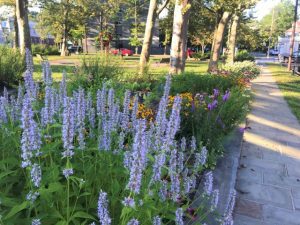

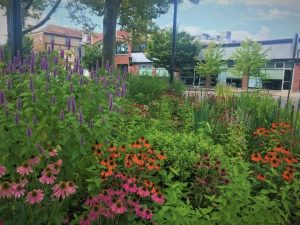
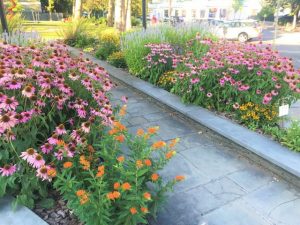
Tips for creating your own garden:
- Locate and clear out an area for your garden
- Start small and expand as time goes on
- Initially cover turf grass or weeds with layers of wet newspaper or brown cardboard and then cover with a thick layer of mulch and/or dirt. The turf grass and weeds will die back in four to six weeks.
- Select a variety of native plants that bloom at different times of the season. Also consider the amount of sun available and degree of soil moisture.
- Include nectar and host plants to attract pollinators and increase the bio-diversity in your garden.
- Be watchful for other wildlife such as rabbits and deer which may be attracted to new plantings. Consider low fences for rabbits and deer-resistant plants if that’s an issue.
- Put away the chemicals, as natural gardens are better for you and your family as well as the wildlife. Resources for additional information include:
- Jersey-Friendly Yards (www.JerseyYards.org). This site has a data base of native plants where you can create a custom list of plants suited to your garden’s specific growing conditions.
- Native Plant Society of New Jersey (www.npsnj.org). This site has a wealth of information as well as relevant upcoming events.
- National Wildlife Federation (www.nwf.org/garden). This site is an excellent source of information, also has a plant finder tool for native plants in your area.
- It’s important to note that native plants are not necessarily found in the Big Box stores or even local nurseries, which focus more on exotic and ornamental cultivars. Both Jersey-Friendly Yards and Native Plant Society have information on places to purchase native plants for your area at their locations or by mail order.
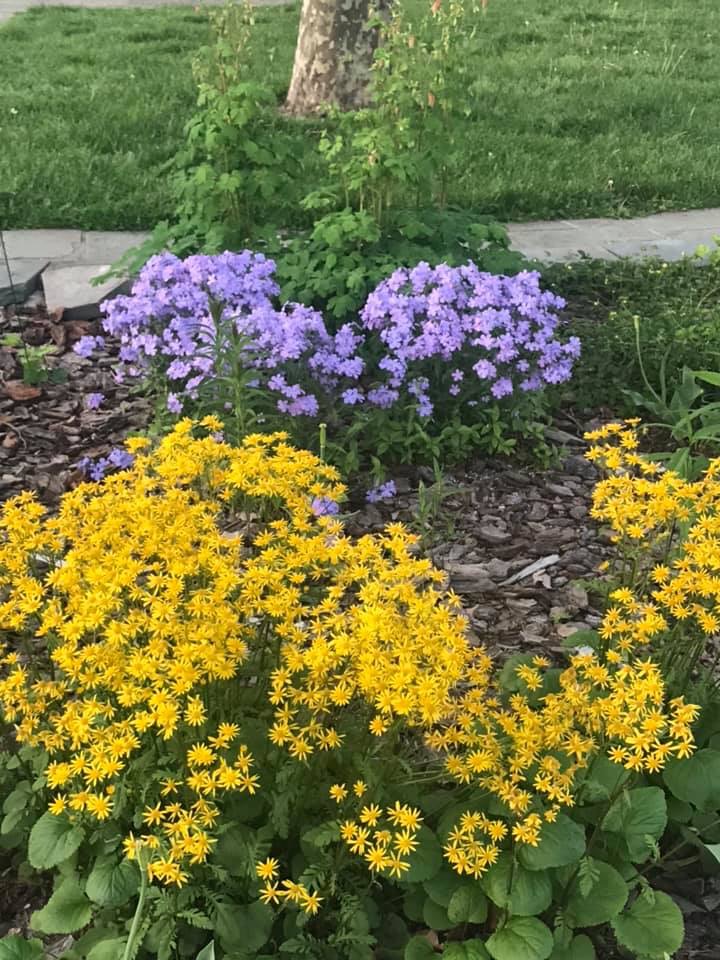
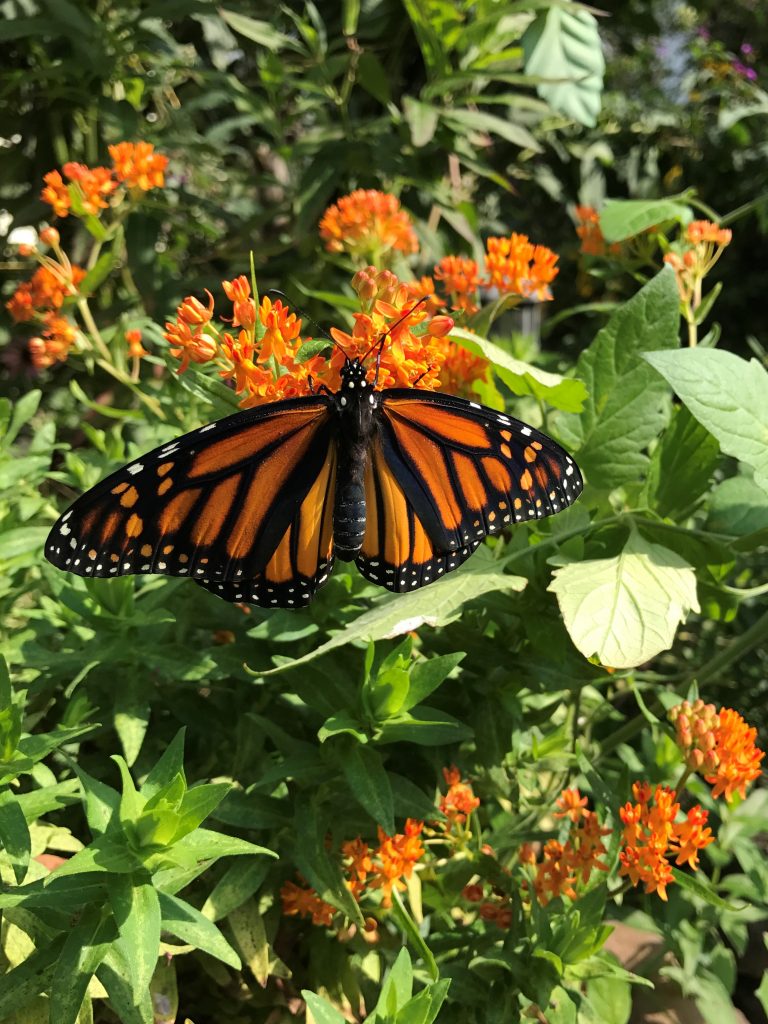

Secure Donations:

